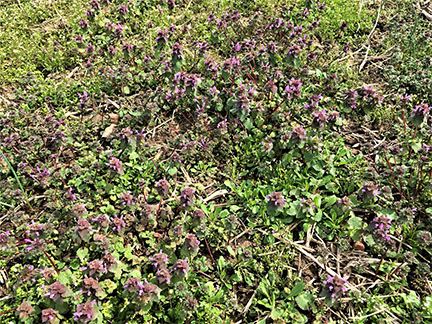
There are many no-till fields across Indiana that have either not been burned down or those that will need to be sprayed again because of wet weather and planting delays.

There are many no-till fields across Indiana that have either not been burned down or those that will need to be sprayed again because of wet weather and planting delays.
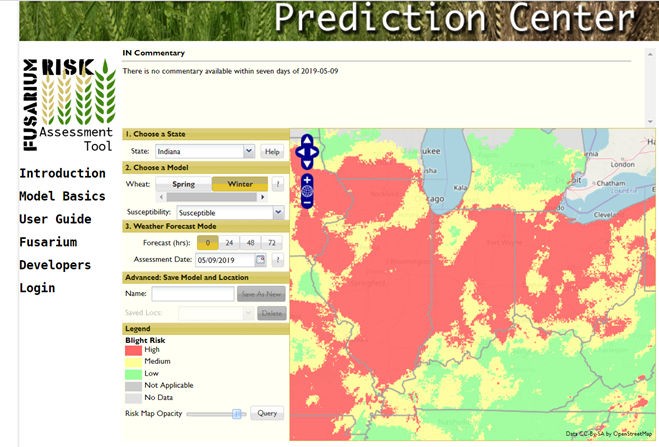
I have heard that wheat is starting to flower in parts of southern Indiana, and the Fusarium risk forecast is still red for most of the state indicating a high-risk potential for infection. Recent weather conditions will only continue to promote the high risk.
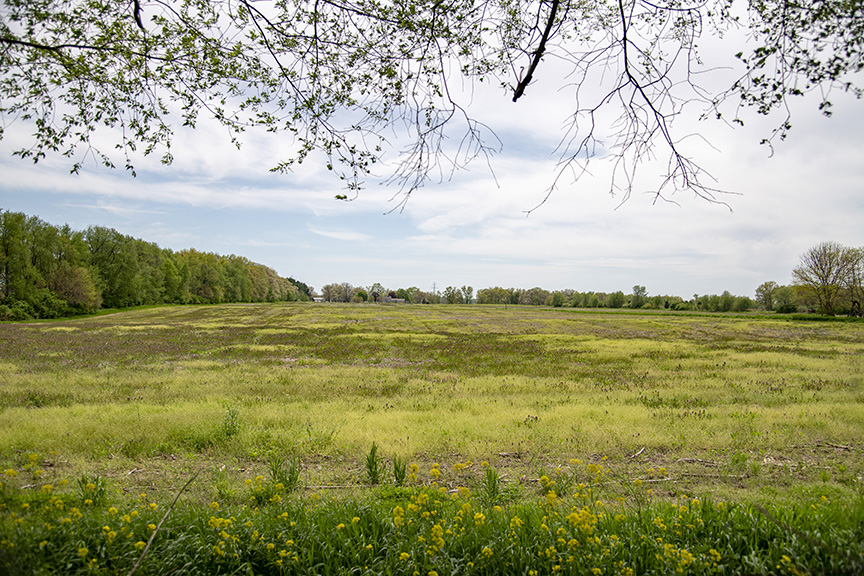
Moth flights for both black cutworm and armyworm have been impressive this spring. Unworked/untreated fields are plentiful, and so is the plant life, meaning that there has been no shortage of egg-laying opportunities for these pests. Once soils dry, there will be no luxury of time to prevent a green-bridge, that is to starve the small larvae before they switch from feeding on the dying weeds/cover crops to the emerging crop. So, should one be tempted to be proactive and add some “cheap” insecticide in with the burn-down herbicides. A few factors to consider: First, seed-applied insecticides and many varieties of Bt-traited corn offer some suppression of black cutworm. The systemic activity of the seed-applied insecticide, and/or the protein production of the Bt-corn are optimal when the corn seedling is actively growing, not so much when corn is stressed. Their performance against larger larvae, >0.5”, is greatly reduced, meaning the[Read More…]

The biggest topic seems to be how wet it is and how much more rain Indiana can expect. So far, May has experienced near-normal precipitation throughout the central part of the state with 0.5”-2” in southern and northern regions (Figure 1).
Adoption of Xtend soybeans is expected to reach 70-80% of the soybean acres in the U.S. in 2019. The approval of Enlist E3 soybean imports by China and the Philippines earlier this year has allowed for full commercialization in the U.S. and provided farmers with another auxin herbicide (2,4-D choline) in their soybean weed management programs.
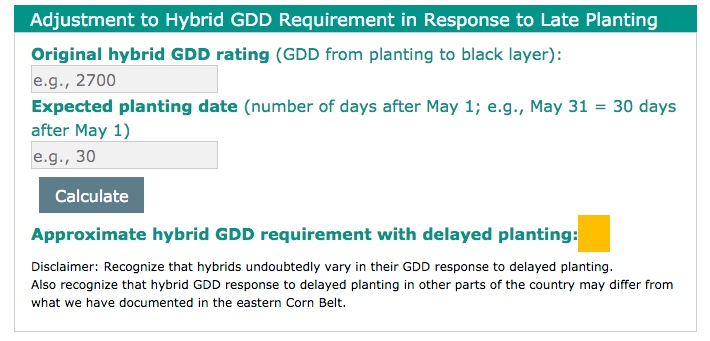
Delayed planting seasons create a lot of frustrations for everyone involved with planting crops. One of the agronomic questions that comes up when planting is seriously delayed is whether farmers should consider switching from their normal full-season maturity hybrids to shorter-maturity hybrids. The question is based, of course, on the perceived risk of the crop not reaching physiological maturity before a killing fall freeze and the yield losses that could result. A related, and economic, concern with delayed planting of normal full-maturity hybrids is the risk of high grain moisture contents at harvest and the resulting costs incurred by artificial drying of the grain or price discounts by buyers. Bottom Line Delayed planting certainly reduces the growing season for corn, both in terms of calendar days but more importantly in terms of available GDDs for the plants to safely mature before a fall frost or killing freeze. The good news[Read More…]
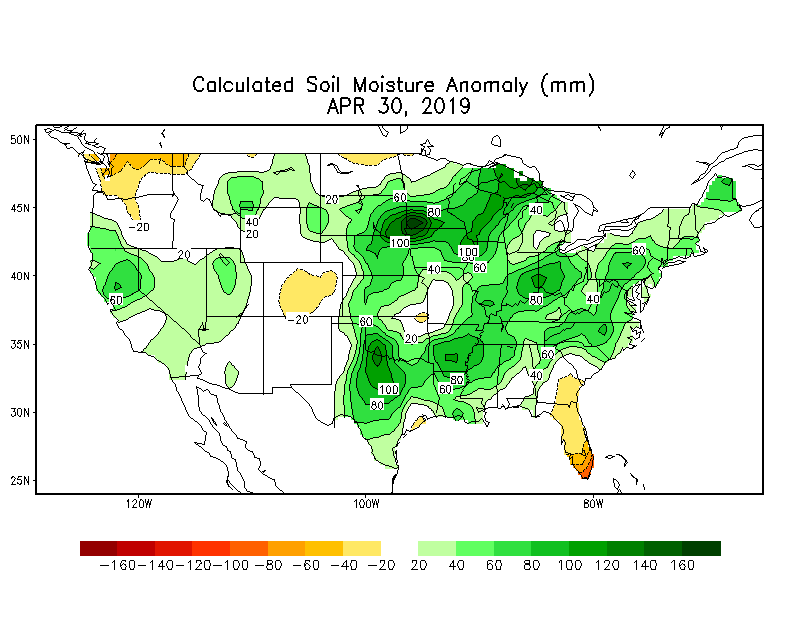
Rain, rain, go away! I hesitate to scream that too loud, though, for fear of a drought. That seems to be the weather and climate, these days – one extreme or another.
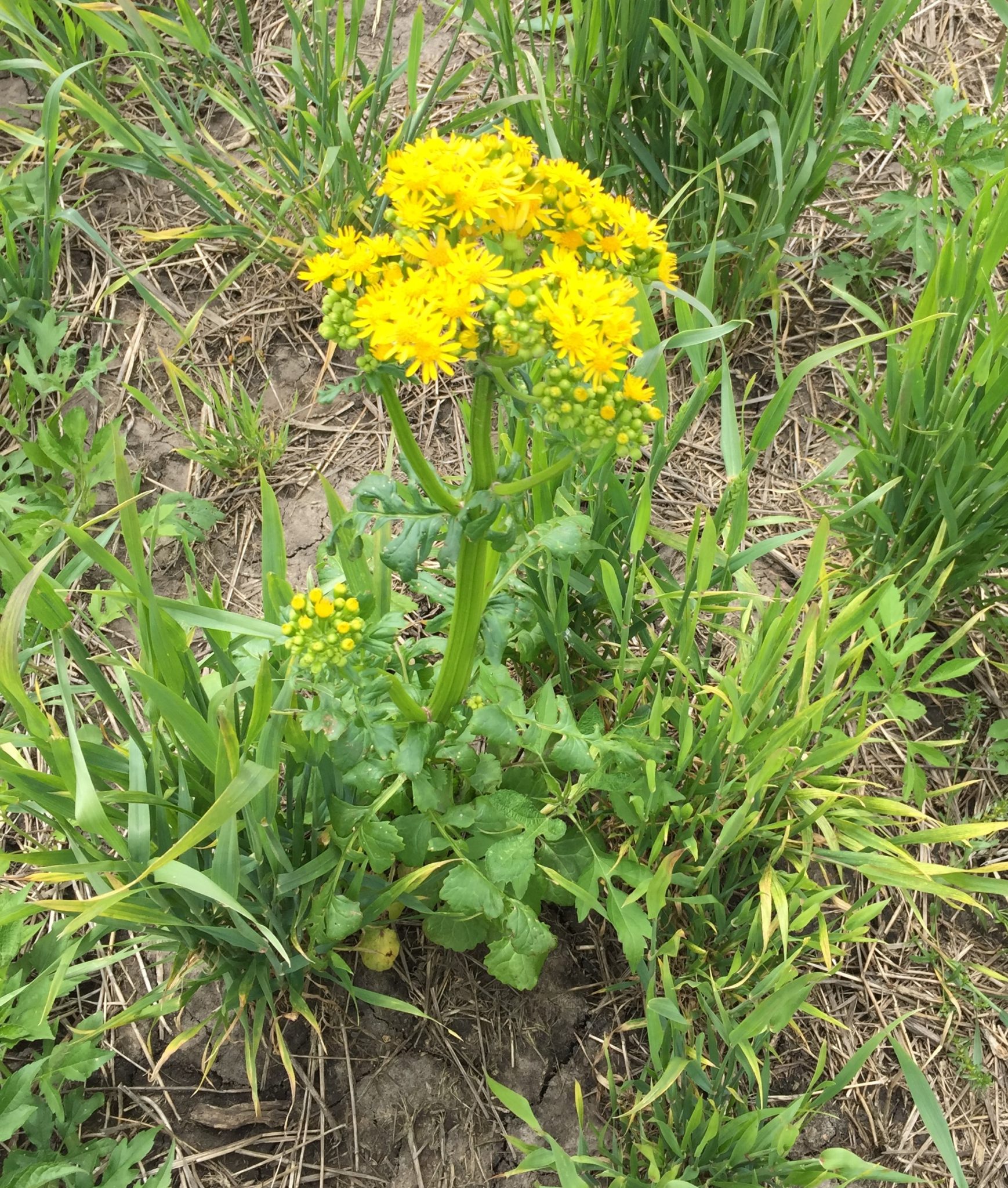
Every spring we receive several calls and e-mails about a certain 3-foot tall weed with yellow flowers. This year, cressleaf groundsel is slower to develop, presumably because of the extended cold and wet weather which has not allowed much field work (spring tillage or burndowns for no-till) to proceed.
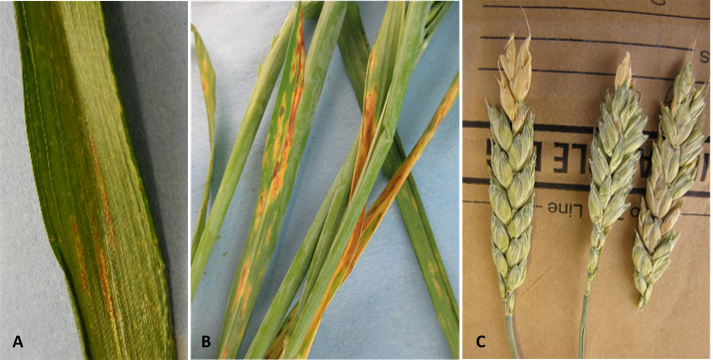
Even though rainy conditions continue to slow planting across the state, we need to keep an eye on winter wheat. These wet conditions will favor many fungal diseases.
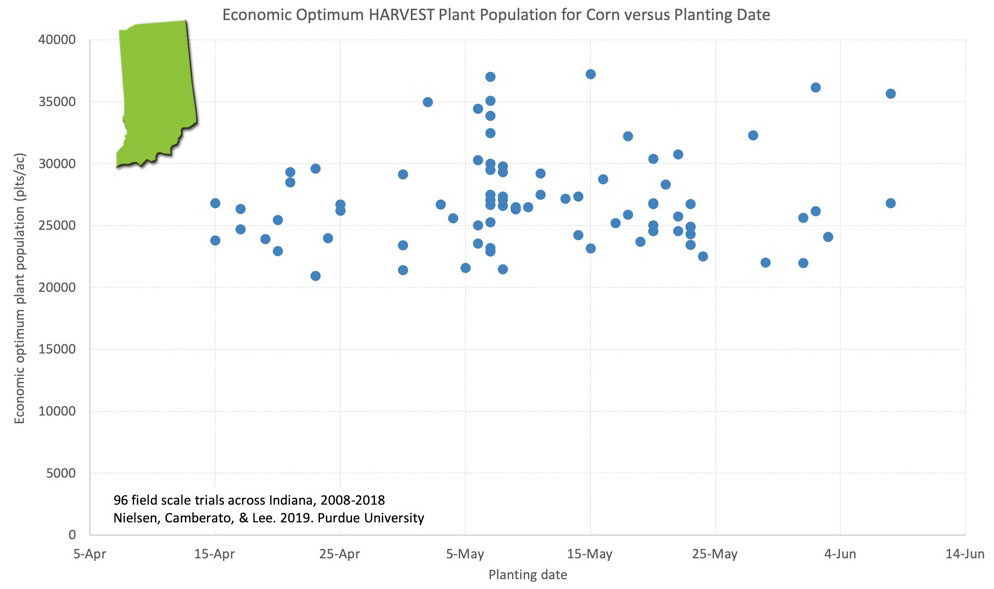
The prospect of delayed planting of corn leads corn growers to consider whether changes in seeding rate should be made in response to late planting. The short answer is that optimum plant populations probably remain the same regardless of planting date.
© 2025 Purdue University | An equal access/equal opportunity university | Copyright Complaints | Maintained by Pest&Crop newsletter
If you have trouble accessing this page because of a disability, please contact Pest&Crop newsletter at luck@purdue.edu.